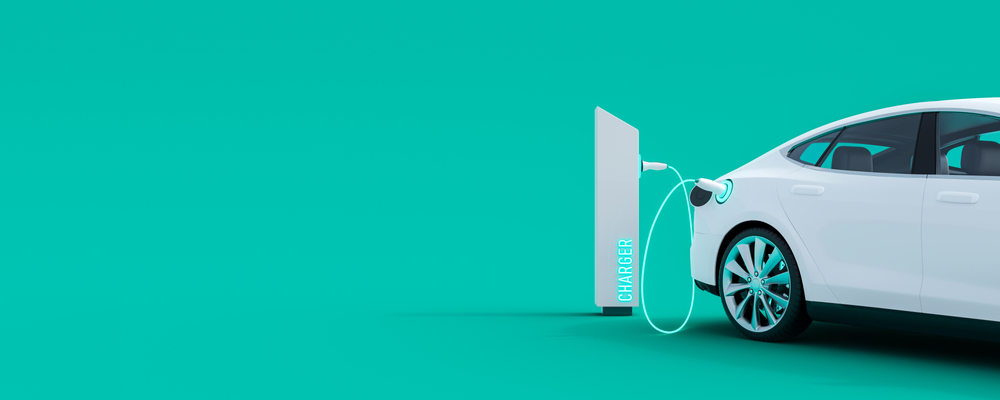
Preparing Electric Vehicles (EVs) for Cold Weather
Here at Dixons Insurance Brokers, we are noticing a large increase in the number of electric vehicles (EVs) being added to fleet policies.
It’s important for motorists to be aware of the differences that these cars may have compared to combustion engine vehicles.
Although EVs offer many benefits, such as greater fuel efficiency, there are also issues to keep in mind. Understanding these potential problems is especially vital during winter, when adverse weather conditions can turn a vehicle breakdown into a life-threatening situation. This article outlines common concerns associated with EVs and ways to prepare such vehicles for winter.
EVs – Wheels and Tyres Create Concerns
Recent research from LV=Britannia Rescue has found that one particularly prevalent issue for EVs stems from wheel or tyre problems. In fact, although many people may worry about their vehicles’ batteries running out of charge, situations involving wheels and tyres have caused over three times as many breakdowns as dead batteries over the past three years. In addition, this research showed that EVs also have a higher rate of wheel and tyre issues leaving motorists stranded than diesel or petrol cars.
Specifically, the research shows:
- Thirty-seven per cent of EV breakdowns were caused by wheel or tyre problems.
- Eleven per cent of EV breakdowns were the result of a dead battery.
- Sixteen per cent of vehicle breakdowns involving petrol or diesel cars were caused by wheel or tyre issues.
Industry experts believe that wheel or tyre problems may be more common among EVs due to the excess weight created by their batteries. After all, EVs can weigh up to 50 per cent more than petrol or diesel vehicles. Further, many manufacturers no longer include a spare wheel as part of the standard design of vehicles. As such, drivers are less capable of fixing a wheel or tyre issue themselves.
EVs – How to Be Prepared During Winter
Cold weather and other conditions tend to cause more problems for EVs. These problems can be related to both tyres and wheels, as well as batteries. Motorists should take these steps to keep themselves safe while driving EVs and minimise their risk of getting stuck on the road:
- Conduct routine tyre checks. As the aforementioned research showed, it’s imperative to keep an eye on an EV’s tyres and wheels. This includes checking tyre conditions, alignment and pressure on a regular basis. Each EV’s associated manufacturer’s manual should have more information to assist with these checks.
- Monitor the weather. Although not as likely as tyre and wheel problems, issues with EV batteries are still a concern. Running out of charge is more likely in cold or wet conditions, as low temperatures and moisture can reduce a battery’s performance. Motorists should check the forecast before embarking on a trip and plan to get slightly less out of their battery charge than they might expect in optimal conditions.
- Utilise pre-heat options. Most EVs have an app with a pre-heat function that can be used to warm and defrost the car. This is the best way to warm up an EV that has been exposed to cold weather. Starting an EV and allowing it to idle while warming up like a combustion engine vehicle could cause the battery to be drained more quickly than usual.
In Conclusion
Winter driving can be hazardous for many reasons. In addition to the risk of low visibility and poor road conditions, a vehicle breakdown can also present immediate danger during winter. That’s why it’s critical to for motorists to prepare their EVs for this frigid season. Furthermore, EVs are a significant financial investment. Not taking proper care of them can result in substantial losses.
As the UK continues to approach the government’s ban on the sale of combustion engine vehicles starting in 2030, it’s expected that EVs will continue to become more common. With that in mind, it’s necessary for motorists to be aware of how these vehicles may differ from what they are used to.
For more information on EVs and winter road safety, contact us today.
